Ex-1:
For the given equations of the circles 𝑥2+𝑦2+2𝑔1𝑥+2𝑓1𝑦+𝑐1=0 and 𝑥2+𝑦2+2𝑔2𝑥+2𝑓2𝑦+𝑐2=0 with appropriate coefficients,
i. Graph the equations of the circles in the Cartesian plane.
ii. Determine the coordinates of the centres and radii of the circles and mark them on the graph.
iii. Determine the distance between the centres of the circles.
iv. Determine whether the circles are touching each other or not.
v. If the circles are touching each other, determine whether they are touching internally or externally.
vi. Verify whether any of the relationships 𝐶1𝐶2=𝑟1+𝑟2 or 𝐶1𝐶2=|𝑟1−𝑟2| holds or not.
Ex-2:
A pair of spur gears consists of (𝑧𝑝=) 20 teeth pinion meshing with (𝑧𝑔=) 120 teeth gear. Let the module be (𝑚=) 4 mm.
i. Calculate the pitch circle diameters of the pinion and the gear using the formulae 𝑑𝑝=𝑚𝑧𝑝 and 𝑑𝑔=𝑚𝑧𝑔.
ii. Calculate the distance between the centres of the pinion and the gear using the formula 12(𝑑𝑝+𝑑𝑔).
iii. Draw two externally touching circles to represent pinion and gear with appropriate centres and radii 12𝑑𝑝 and 12𝑑𝑔. Determine the equations of the pinion and gear. Calculate the distance between the centres of the circles from the graph and verify that it is equal to 12(𝑑𝑝+𝑑𝑔).
iv. Calculate the tooth thickness using the formula 𝑡=1.5708𝑚.
v. Calculate the gear ratio using the formula 𝑖=𝑧𝑔𝑧𝑝
Ex-3:
Do the following activities.
(i) Draw the graphs of the parabolas (𝑦−𝑘)2=4𝑎(𝑥−ℎ) and (𝑥−ℎ)2=4𝑎(𝑦−𝑘) for the given values of 𝑎,𝑏,ℎ and 𝑘. Determine the vertex, focus, axis, directrix, latus-rectum of each parabola and mark them on the graphs.
(ii) Draw the graphs of the ellipse (𝑥−ℎ)2𝑎2+(𝑦−𝑘)2𝑏2=1 for the given values of 𝑎,𝑏 ,ℎ and 𝑘. Determine the eccentricity, centre, foci, vertices, major axis, minor axis, directrices, and latus-rectums and mark them on the graph.
Ex-4:
Do the following activities for the given image of a parabolic shaped fly-over bridge.
(i) Draw a parabola which fits the given bridge.
(ii) Write the equation of the parabola.
(iii) Find the vertex, focus, directrix and latus-rectum and mark them on the graph.
(iv) Find the height and width of the bridge.
Ex-5:
Do the following activities.
(i) Graph the polynomial function 𝑓(𝑥)=𝑎𝑛𝑥𝑛+𝑎𝑛−1𝑥𝑛−1+⋯+𝑎1𝑥+𝑎0, where 𝑎𝑛,𝑎𝑛−1,…,𝑎0 are real numbers and 𝑎𝑛≠0. Find the value of 𝑓(𝑥) at 𝑥=𝑎 and the limit of 𝑓(𝑥) at 𝑥=𝑎.
(ii) Graph the rational function 𝑅(𝑥)=𝑎𝑛𝑥𝑛+𝑎𝑛−1𝑥𝑛−1+⋯+𝑎1𝑥+𝑎0𝑏𝑚𝑥𝑚+𝑏𝑚−1𝑥𝑚−1+⋯+𝑏1𝑥+𝑏0, where 𝑎𝑛,𝑎𝑛−1,…,𝑎0,𝑏𝑚,𝑏𝑚−1,…,𝑏0 are real numbers and 𝑎𝑛,𝑏𝑚≠0. Find the value of 𝑓(𝑥) and the limit of 𝑓(𝑥) at 𝑥=𝑎.
(iii) Graph the functions sin𝑎𝑥𝑏𝑥 and tan𝑎𝑥𝑏𝑥 where 𝑎 and 𝑏 are real numbers and 𝑎,𝑏≠0. Evaluate lim𝑥→0sin𝑎𝑥𝑏𝑥 and lim𝑥→0tan𝑎𝑥𝑏𝑥.
(iv) Graph the functions 𝑐 (𝑐𝑜𝑛𝑠𝑡𝑎𝑛𝑡), 𝑥𝑛, sin𝑥, cos𝑥, tan𝑥, cosec𝑥, sec𝑥, cot𝑥, 𝑒𝑥 and
log𝑥. Find their first derivative and second derivative.
Note: Only two functions will be given in Board Practical Examination in subdivision-(iv) of Ex-5.
Ex-6:
Two parallel straights of ′𝑥′ m apart are to be connected by a reverse curve consisting of arcs of same radius. The distance between the end points of the curve is ′𝑦′ m.
(i) Find the approximate value of the common radius.
(ii) Find the length of the whole curve
Ex-7:
Do the following activities.
i. Graph the functions 𝑐 (𝑐𝑜𝑛𝑠𝑡𝑎𝑛𝑡), 𝑥𝑛,𝑛∈ℝ, 𝑒𝑥, sin𝑥, cos𝑥, sec2𝑥, cosec2𝑥, sec𝑥tan𝑥 and cosec𝑥cot𝑥. Find their indefinite integrals.
ii. Evaluate the definite integral ∫𝑓(𝑥)𝑏𝑎𝑑𝑥 and relate it to the area under the curve 𝑦=𝑓(𝑥) between 𝑥-axis, 𝑥=𝑎 and 𝑥=𝑏.
iii. Find the volume of the solid generated by the revolution of the area bounded by 𝑦=𝑓(𝑥),𝑥-axis, 𝑥=𝑎 and 𝑥=𝑏 about 𝑥-axis.
Note: Only two functions will be given in Board Practical Examination in subdivision-(i) of Ex-7.
Ex-8:
Do the following activities for the given image of a closed irregular plane figure.
i. Mark the required number of points on the boundary of the figure.
ii. Draw the boundary of the figure by joining the points.
iii. Divide the figure into trapeziums using the points on the boundary.
iv. Calculate the approximate area of the figure.
Ex-9:
Do the following activities.
i. Find the mean 𝜇 for the given data 𝑥1,𝑥2,𝑥3,…,𝑥50 of size 𝑁=50.
ii. Find the variance 𝜎2 and standard deviation 𝜎 forthe data given in (i).
iii. Fit the normal curve 𝑓(𝑥)=𝑁(𝜇,𝜎2)=1𝜎√2𝜋𝑒−12(𝑥−𝜇𝜎)2,−∞<𝑥<∞.
iv. Calculate the probability 𝑝=𝑃(𝑋1<𝑋<𝑋2) for some 𝑋1,𝑋2 in the range of the data given in (i) using the formula ∫𝑓(𝑥)𝑑𝑥𝑋2𝑋1. Verify the answer using probability calculator.
v. Calculate the number of data points in the interval (𝑋1,𝑋2) using the formula 𝑛=𝑁𝑝.
Ex-10:
Consider the 4 samples each of size 5 taken from the production lot of a machine
i. Calculate the sample means 𝑆̅1,𝑆̅2,𝑆̅3, 𝑆̅4 and the mean of the sample means 𝑆̅=𝑆̅1+𝑆̅2+𝑆̅3+𝑆̅44.
ii. Calculate the sample variances 𝑣1,𝑣2,𝑣3,𝑣4 and 𝜎=√14Σ𝑣𝑖4𝑖=1.
iii. Determine the central line 𝐶𝐿=𝑆̅, lower control limit 𝐿𝐶𝐿=𝑆̅−2.58√5𝜎 and upper control limit 𝑈𝐶𝐿=𝑆̅+2.58√5𝜎.
iv. Draw the 𝑋̅ chart and determine the out-of-control signals



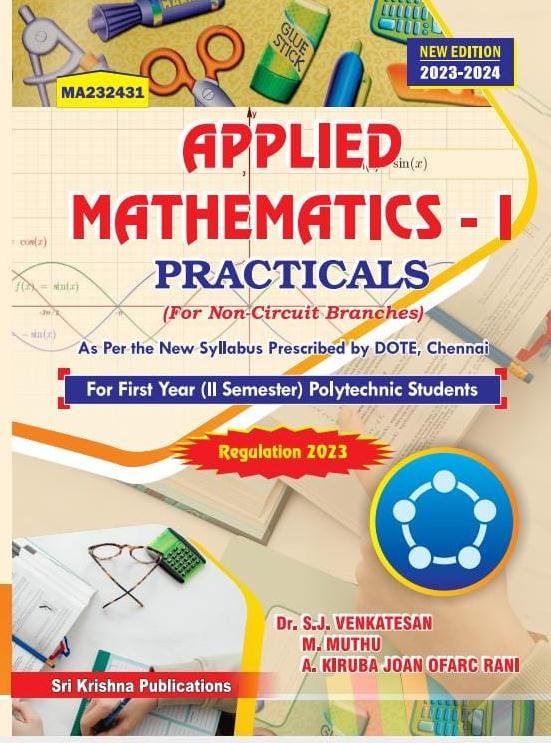





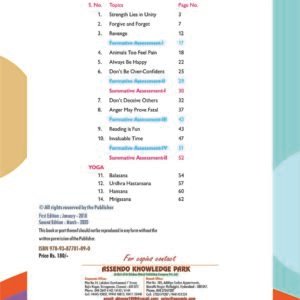
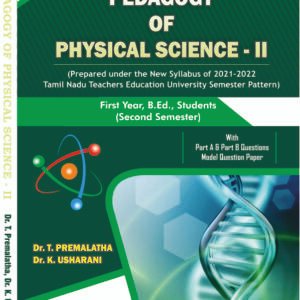



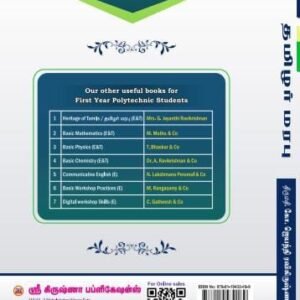
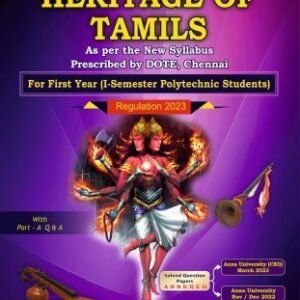
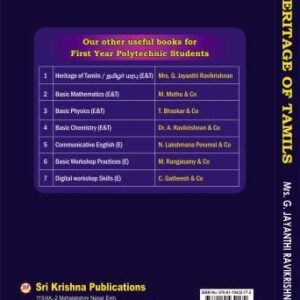
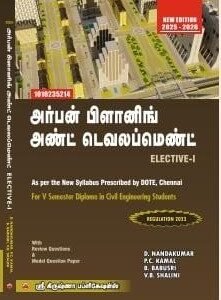


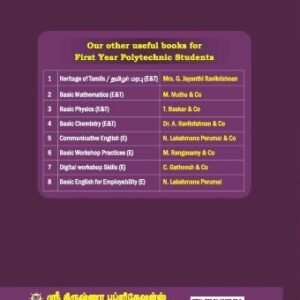

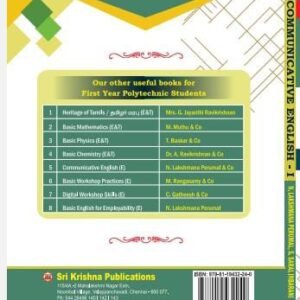
Reviews
There are no reviews yet.